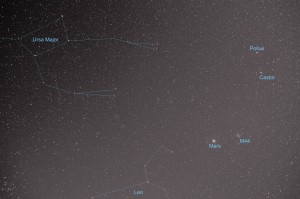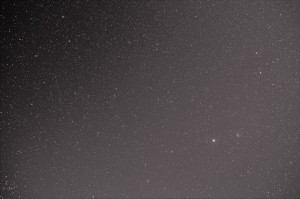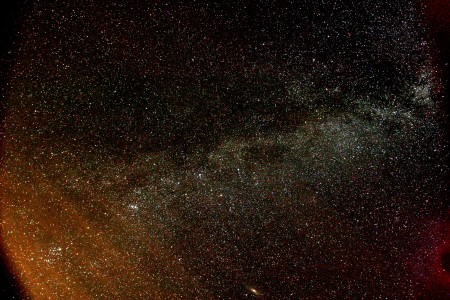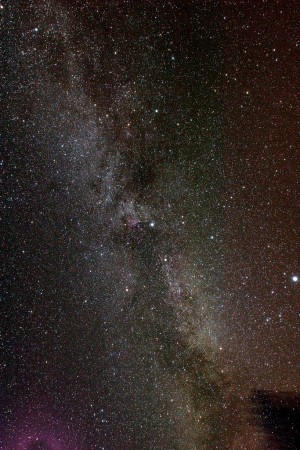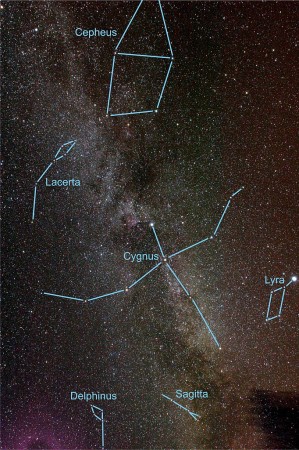Wide-field shot of the area around Leo. The bright dot low and right of center is Mars, and I think next to mars is the open cluster M44 (a.k.a. "the beehive cluster" or "Praesepe"). These pictures really need to be taken on nights without the moon. There's a huge gradient from dark to bright towards the direction of the moon.
I tried to add some lines and text for constellations, but it's fairly difficult because so many stars are showing in the picture:
